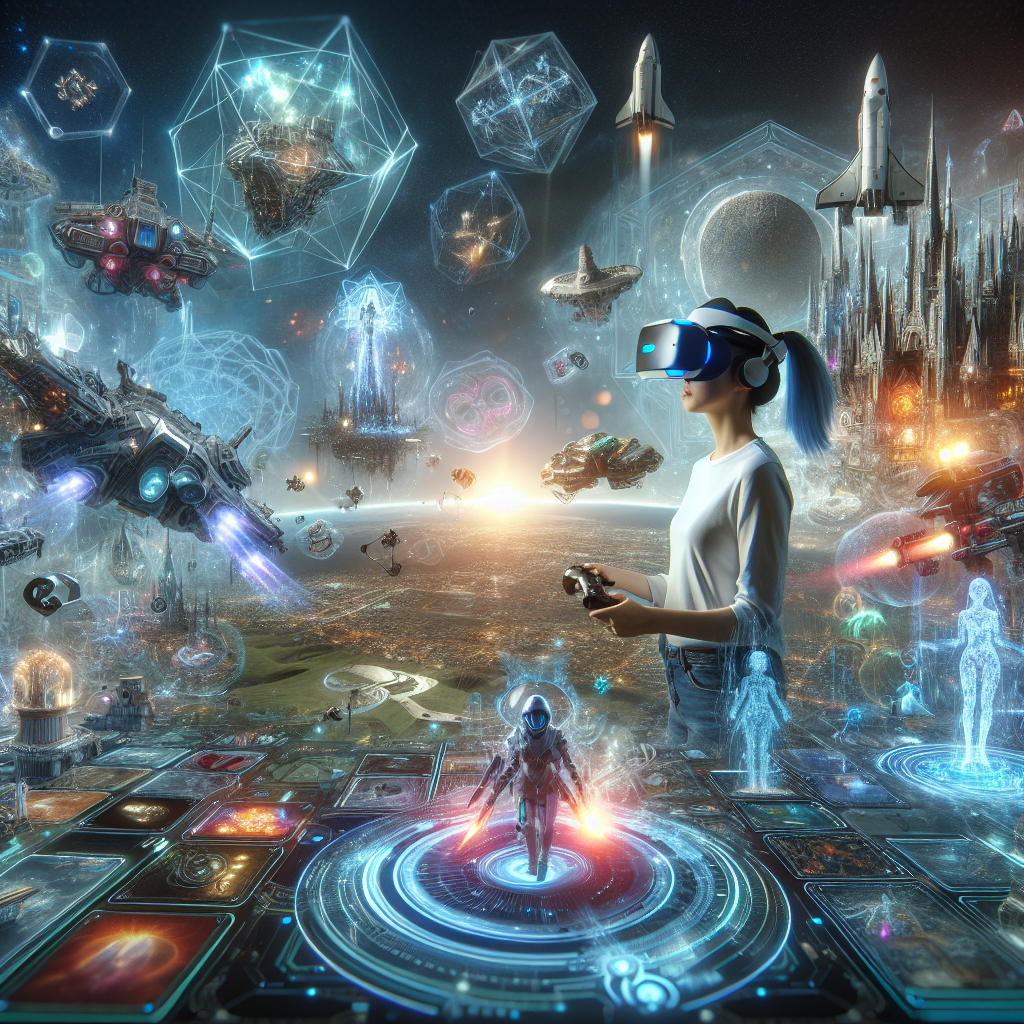Virtual Reality (VR) technology has been steadily evolving over the past few years, offering immersive experiences that blur the line between fiction and reality. One of the most exciting applications of VR technology is in gaming, where players are transported to fantastical worlds and given unprecedented levels of interaction and agency. In this article, we will explore the limitless potential of VR gaming, discussing how this emerging technology is reshaping the way we play and experience games.
Immersive Experiences:
At the heart of VR gaming is the idea of immersion. By donning a VR headset, players are transported to virtual worlds that feel incredibly lifelike and engaging. This sense of immersion is achieved through a combination of cutting-edge graphics, spatial audio, and responsive controllers that allow players to interact with their virtual surroundings in a natural and intuitive way.
For example, in a VR game like “Half-Life: Alyx,” players are not just controlling a character on a screen – they are physically present in the game’s world, moving, shooting, and solving puzzles as if they were really there. This level of immersion can evoke powerful emotions and reactions, making the gaming experience feel more visceral and impactful than traditional gaming.
Expanding Boundaries:
One of the most exciting aspects of VR gaming is its ability to break down traditional boundaries and limitations. In a VR world, the laws of physics can be bent, gravity can be defied, and players can explore fantastical environments that would be impossible in the real world. This freedom to experiment and push boundaries opens up endless possibilities for game developers and players alike.
For instance, in the game “Superhot VR,” time only moves when the player moves, allowing for a unique gameplay mechanic where players can strategize and plan their actions in a slowed-down world. This kind of innovation and creativity is only possible in the VR space, where traditional gaming conventions can be reimagined and reinvented.
Social Interaction:
While VR gaming can be a solitary experience, it also has the potential to bring people together in new and exciting ways. Multiplayer VR games allow players to connect with friends and strangers from around the world, collaborating and competing in shared virtual spaces. This social interaction adds an extra layer of depth and engagement to the gaming experience, creating a sense of community and camaraderie that is unique to VR.
For example, in games like “Rec Room” or “VRChat,” players can hang out with friends, participate in virtual events, and play mini-games together in a shared virtual environment. This social aspect of VR gaming can help bridge the gap between physical distance and bring people closer together through a shared love of gaming.
Conclusion:
As VR technology continues to advance and evolve, the potential of VR gaming is truly limitless. From immersive experiences that blur the line between fiction and reality, to innovative gameplay mechanics that push the boundaries of what is possible, VR gaming is reshaping the way we play and experience games. With its ability to bring people together in new and exciting ways, VR gaming is not just a technological novelty – it is a transformative medium that has the power to revolutionize the gaming industry as we know it. The next frontier of VR gaming is full of endless possibilities, waiting to be explored and experienced by players and developers alike.










